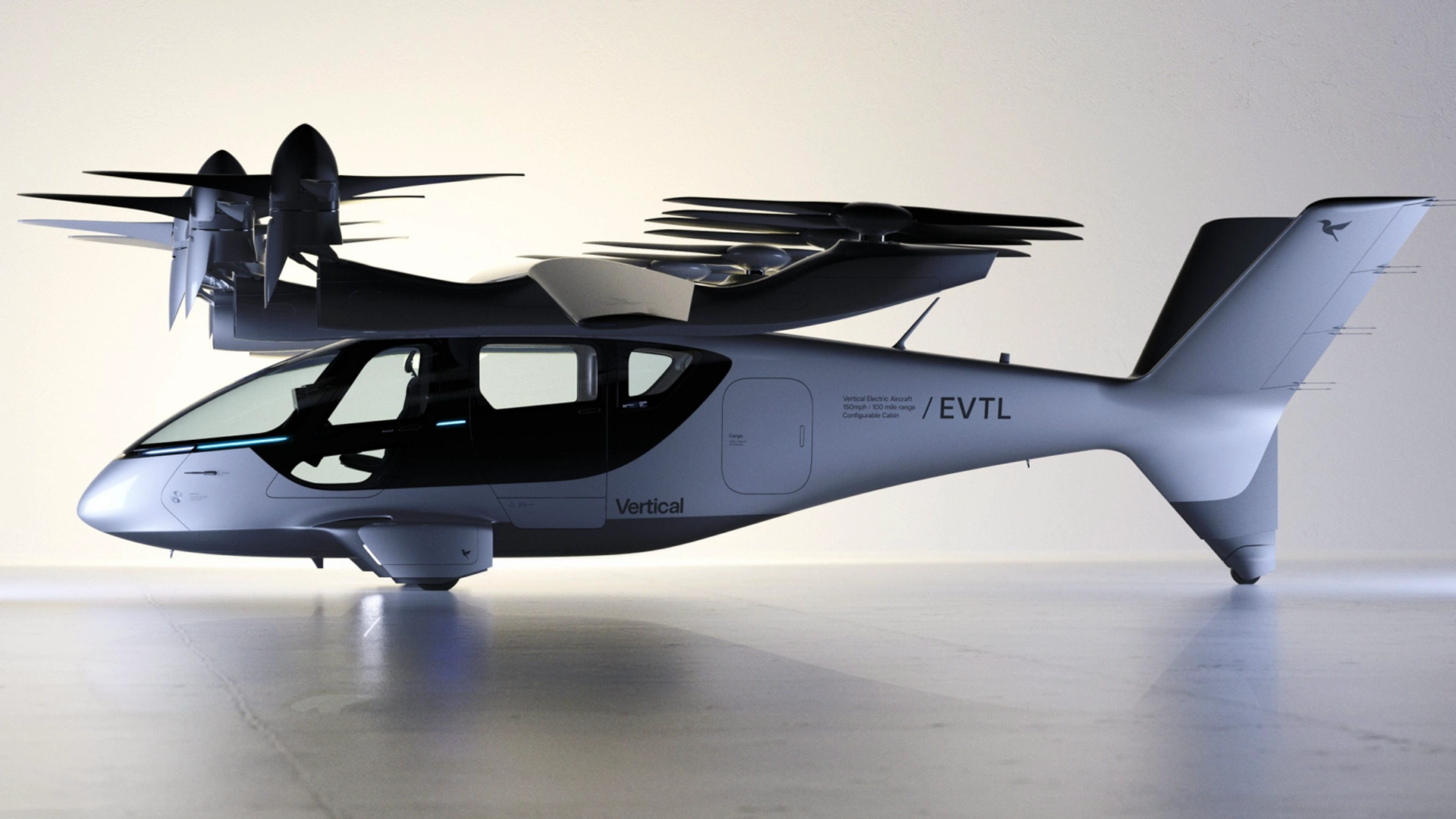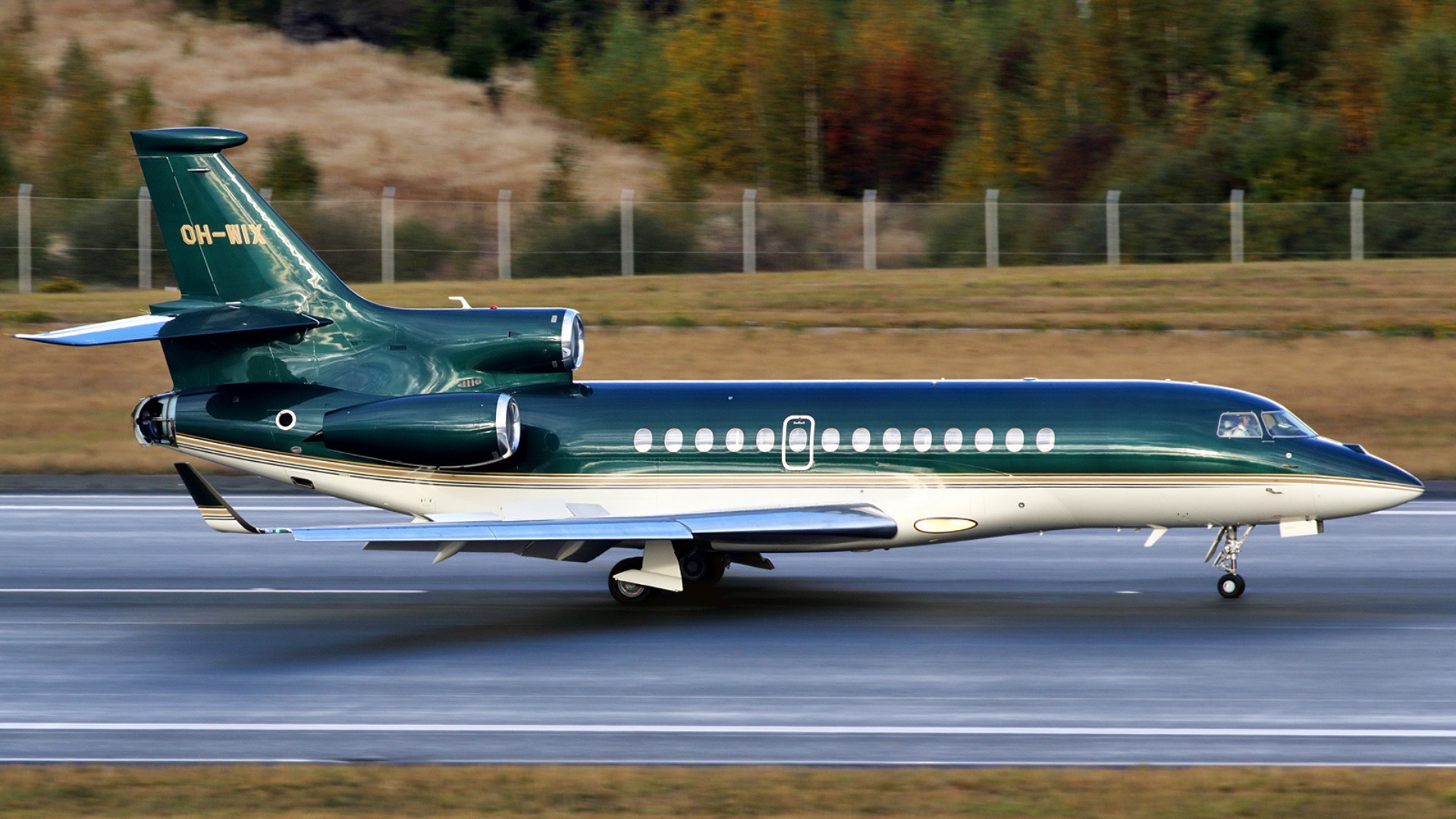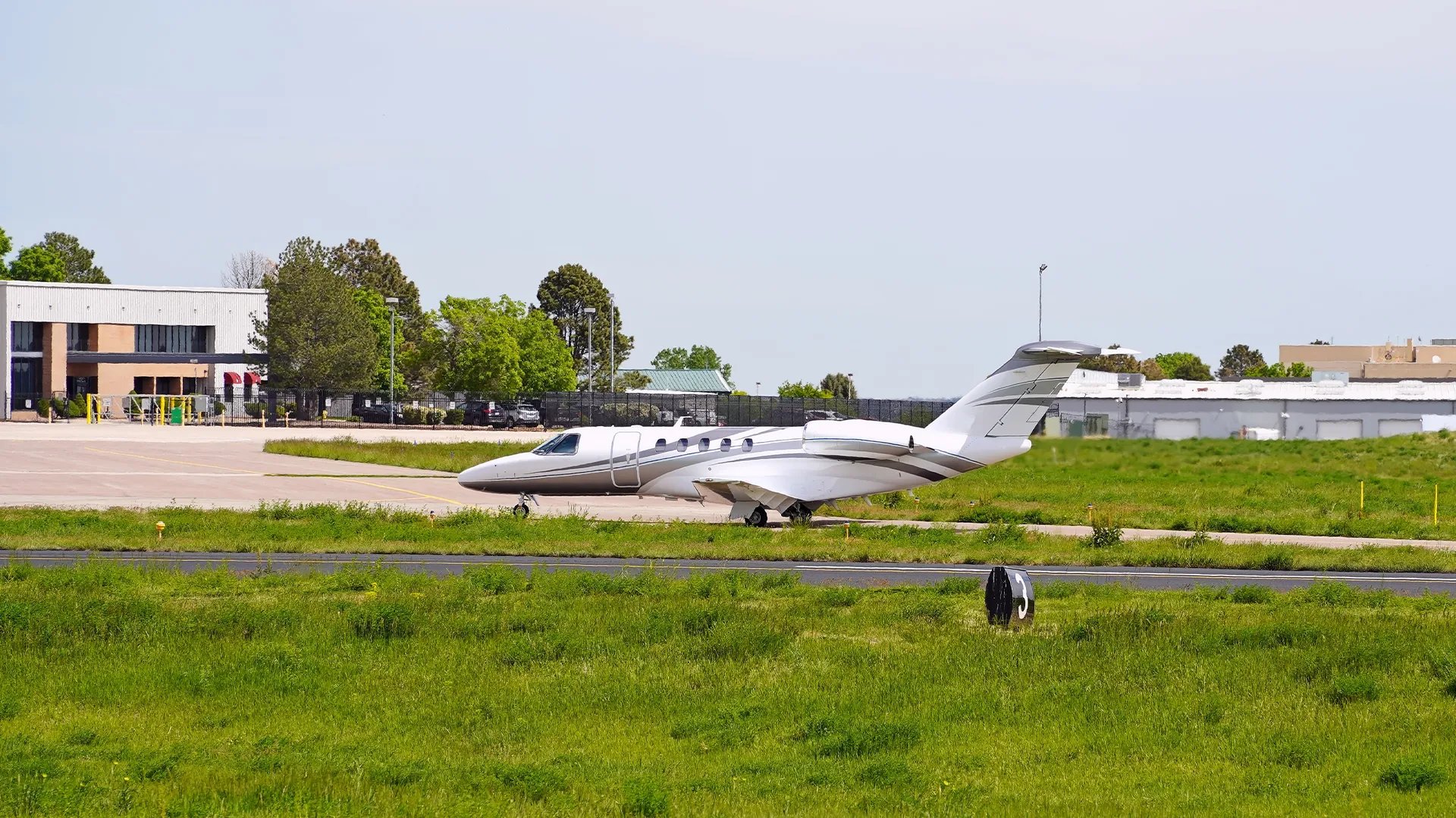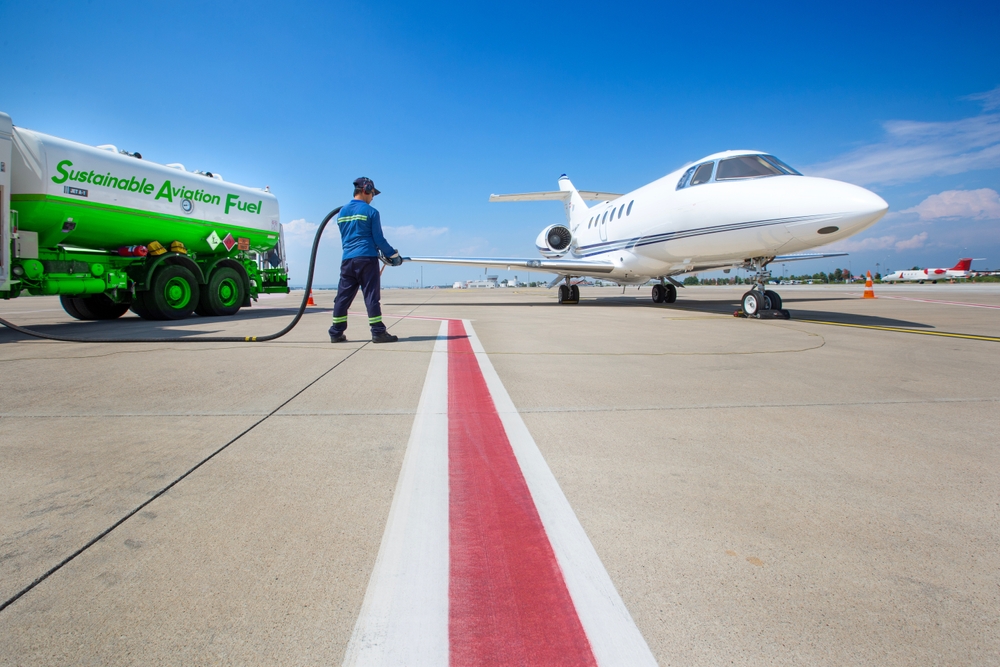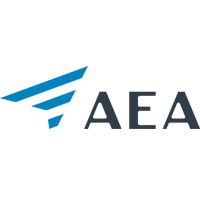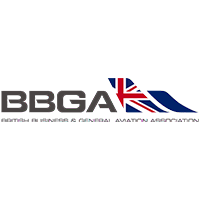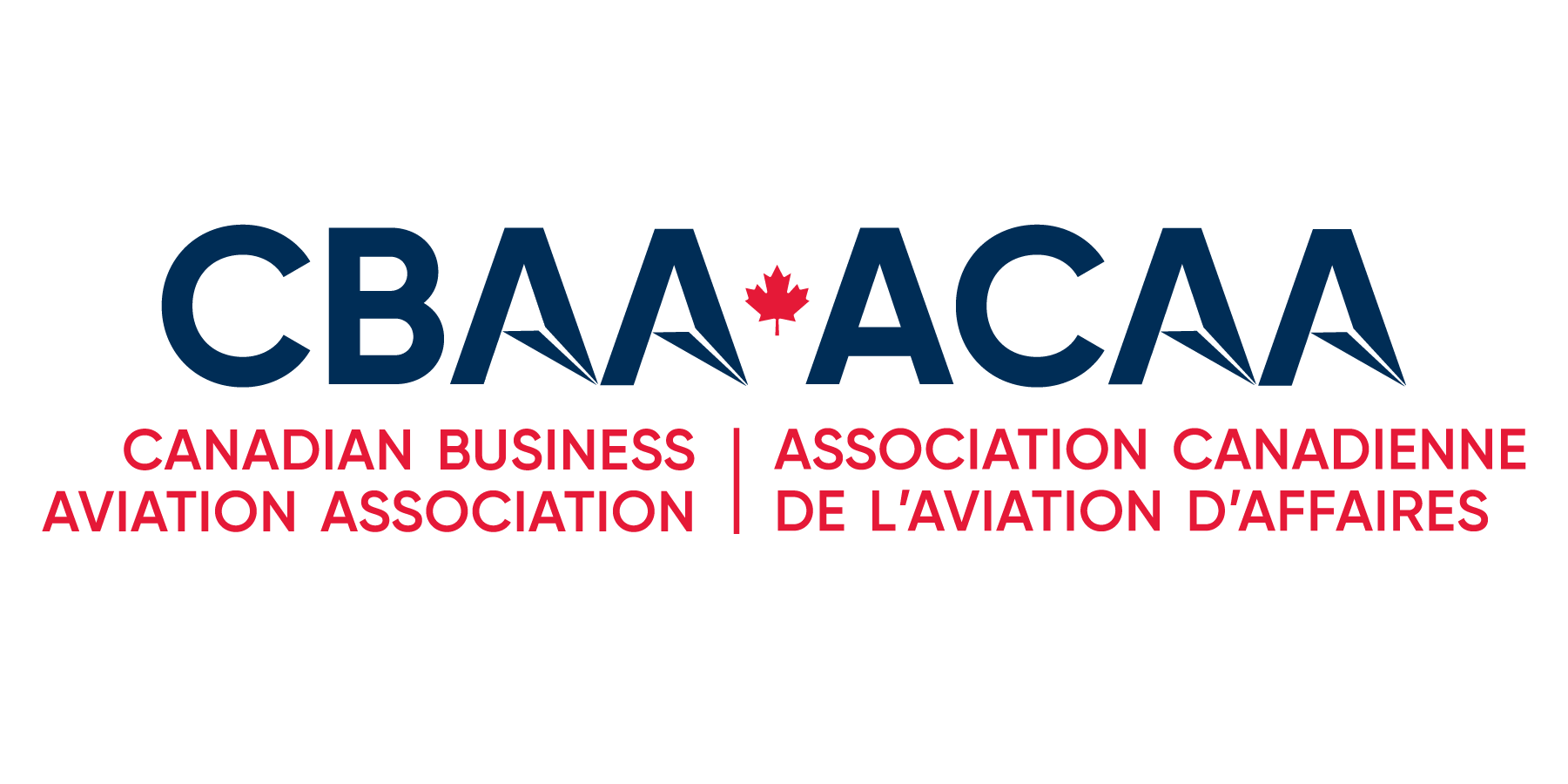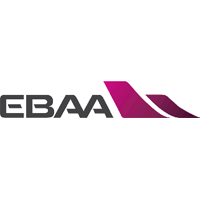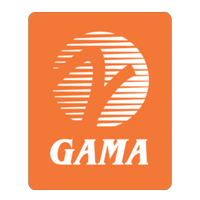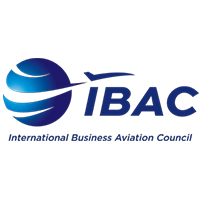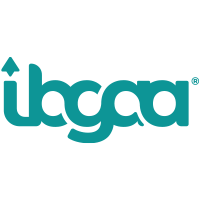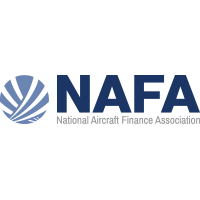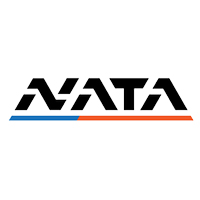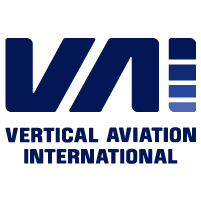CLIMBING. FAST. is a global initiative to showcase business aviation’s many societal benefits, from driving opportunities for today’s workforce, to leading sustainability innovations to achieve a commitment to reach net-zero carbon emissions by 2050.
CLIMBING. FAST. is a global initiative to showcase business aviation’s many societal benefits, from driving opportunities for today’s workforce, to leading sustainability innovations to achieve a commitment to reach net-zero carbon emissions by 2050.
The SAF Mandate secures demand for the fuel by obligating the supply of an increasing amount of SAF in the overall UK aviation fuel mix.
The SAF Mandate incentivises SAF supply through the award of tradeable certificates with a cash value.
The SAF Mandate starts in 2025 at 2% of total UK jet fuel demand, increasing linearly to 10% in 2030 and then to 22% in 2040.
From 2040, the obligation will remain at 22% of total UK jet fuel demand until there is greater certainty regarding SAF supply.
The SAF Mandate could deliver up to 6.3 megatonnes of carbon savings per year by 2040.
The SAF Mandate and the Renewable Transport Fuel Obligation (RTFO) are part of the government’s strategy on low carbon fuel.
CLIMBING. FAST.
Medical & Humanitarian Flights
Business aviation provides emergency medical and humanitarian services for communities that do not have access to specialised treatment facilities.
The Covid-19 pandemic revealed an urgent need for flexibility in aviation, as patients had to be transported from remote regions and timing was critical. Business aviation catered to that need as flights were used for medical emergencies, saving many lives, but also, as industry experts confirm, to transport vaccines and essential supplies to remote regions faced with significant shortages. Beyond medical services, specialised business aviation aircraft can play an important role in providing aid to areas affected by wildfires and other natural disasters, providing aerial surveillance and firefighting capacity across Europe.
In March 2024, the European Commission announced that it was strengthening the rescEU fleet, which in 2023 was composed of 24 airplanes and four helicopters, by procuring 12 new planes. The sector also supported medical operations after the pandemic. In 2023, European business aviation networks operated an estimated minimum of 70,000 medical flights in 2023, or the equivalent of more than 191 flights per day on average. 47 Before the pandemic, in Switzerland, 12,000 flights served medical evacuations in 2017, while more than 15,000 flights per year are carried out by business aircraft for humanitarian missions. Source: Oxford Economics.
CLIMBING. FAST.
Wind Farms
Business aviation facilitates operational safety and efficiency on wind farms.
Wind farms play an important role in European renewable energy supply but can be located away from the continent’s mainland. In its 2020 renewable energy strategy, the European Union set a target of boosting the EU’s offshore wind capacity to 300GW by 2050, from 16GW in 2022.
Helicopters provide an effective vehicle to transport crew and equipment required to maintain wind turbines which would be hard to reach otherwise―and can therefore support EU attempts to reach its renewable energy targets. Source: Oxford Economics
Partners

